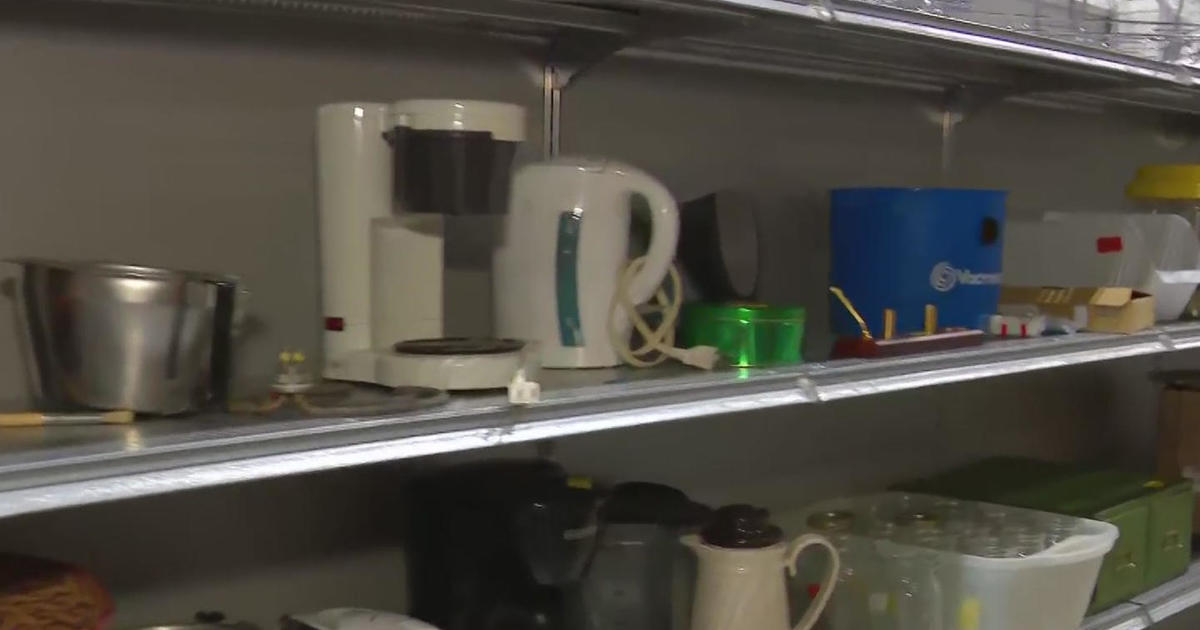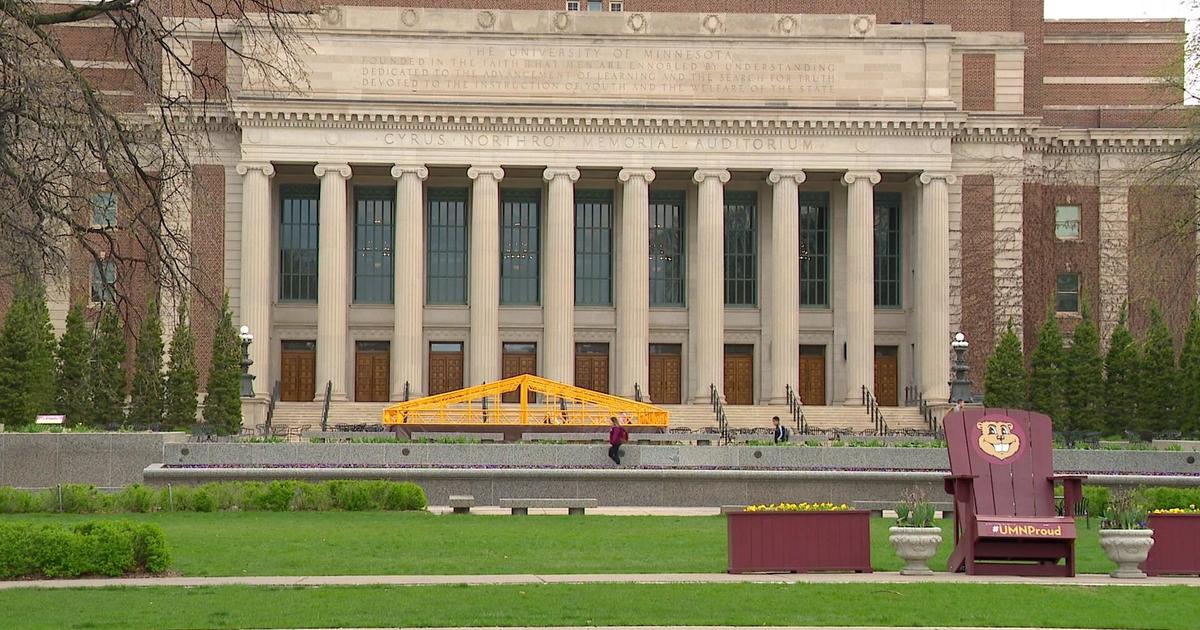Meet The Taste Buds Behind Tomorrow's Hot New Apple
MINNEAPOLIS (WCCO) -- There's good and bad with every job, and David Bedford knows when he goes to work one bad apple really can spoil the bunch.
"This is a lot of apples for a kid who didn't even like apples as a youngster," Bedford said.
Bedford grew up in North Carolina, far away from the cool and crisp of Minnesota autumns. But 39 years ago he became an apple breeder for the University of Minnesota. And with that he agreed to put his taste buds on the line every day.
"I have to eat 500 apples a day so of course there is a lot of spitting involved. This is a nice enough apple, decent texture, nice flavor, but I have to say it's not exciting," Bedford said.
Exciting is what led David's team to the discovery of the super apples: Honey Crisp, Sweet Tango and First Kiss. They all made their first impressions on Bedford's palate at the Horticultural Research Center.
"We are looking for that 1-in-10,000 apples," Bedford said, "that make us stop and say 'Wow, what was that?'"
He's not exaggerating. Armed with only his taste buds and his test kit, he plucks apples from trees that have been growing for 6 or 7 years, just waiting for this moment of truth.
"I'll always eat 3 to 5 apples from a tree before I make a decision about it," Bedford said.
Just like with people, no two trees are alike. The Horticultural Center will take pollen from one tree and add it to the flowers of another. New apples produce new seeds which are in turn, planted, and given a chance to become the next Honey Crisp.
"We have 20,000 different lottery tickets here waiting to be opened," Bedford said.
The truth is, out all these trees, only about half of 1 percent make it through.
Bees are everywhere, but usually are not a problem. However, birds and especially hail can impact the crop. Bedford can go days without finding a really good apple.
"I'm afraid it's another strike out. This one will have to be discarded," Bedford said while biting into an apple off another tree.
It's like a tale of two trees. The winners get a blue ribbon. The losers get orange spray paint, meaning they'll be removed and composted. It's meticulous, but every fall thousands take a bite out of the next big thing.
"It is good eating. Good for you. It's reasonable. They're fresh," Collene Witmer said, while buying apples at the U's Apple House.
At his core, Bedford really does love his job. But after eight hours of this, apple juice, apple pie, and applesauce are definitely off limits.
"The first couple hundred are fun and then after that it becomes work. And by the time you get to 500, your mouth is usually on fire and you are happy to take a break. I love them, but there is a limit to my love," said Bedford.
Bedford tastes apples from the beginning of August through October. After that, he won't eat apples for three months; milk and baking soda help to get his taste buds back on track.
The U of M apple breeding program is one of the best in the world. Twenty-seven commercial varieties have been developed there.



